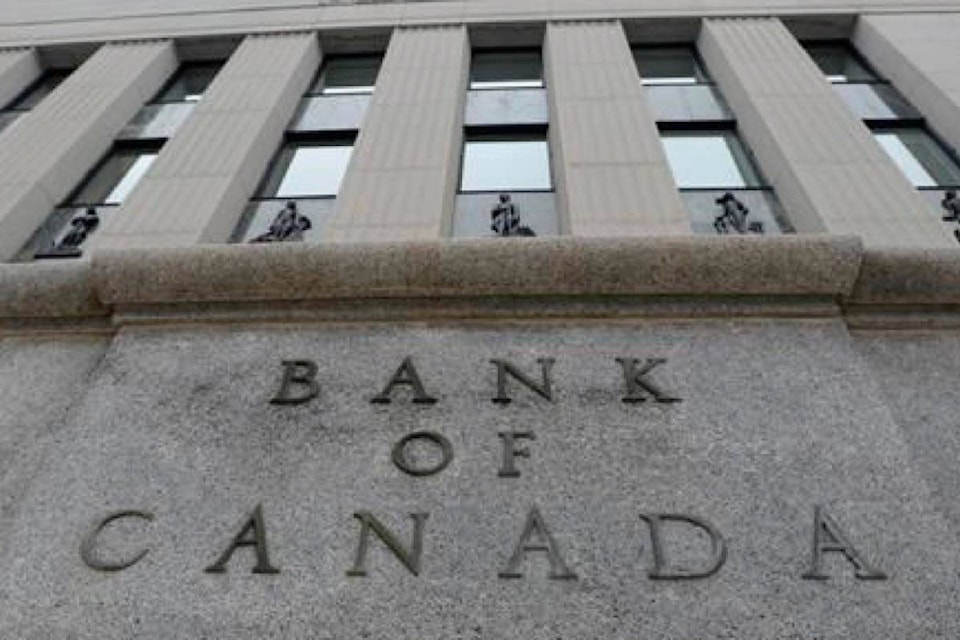A Bank of Canada deputy governor says the effects of U.S. trade unknowns, lower oil prices and weaker housing and consumer spending are behind the recent deceleration in economic growth.
In prepared remarks of a speech today in Washington, Timothy Lane says this slowdown in Canada’s economic expansion is temporary.
Lane says these factors along with the fiscal stimulus that has energized the American economy and, as a result, led the U.S. Federal Reserve to raise interest rates have been putting downward pressure on the Canadian dollar.
He says the lower loonie will help support the Canadian economy through this period.
Lane says uncertainty related to U.S. policies has kept business investment lower than where it should be at this point, given the overall strength in the Canadian economy.
Last month, Bank of Canada governor Stephen Poloz kept his benchmark interest rate unchanged at 1.75 per cent as the economy navigates what he described as a temporary period of softness created by a recent, sharp decline in world oil prices.
Lane’s speech to the Peterson Institute for International Economics focused on explaining how Canada manages its foreign reserves, which he noted are about US$85 billion or five per cent of the country’s gross domestic product.
He describes the size of Canada’s foreign reserves as modest yet adequate because the country has a freely floating exchange rate.
One relatively recent development, Lane noted, is that other central banks and monetary authorities started adding Canadian-dollar assets to their reserve portfolios following the global financial crisis about a decade ago. Reserves in Canadian dollars are now about $200 billion, he said.
READ MORE: Bank of Canada offers explanations for country’s ‘puzzling’ wage disappointment
READ MORE: Bank of Canada holds interest rate, views oil slump as temporary soft patch
The Canadian Press
